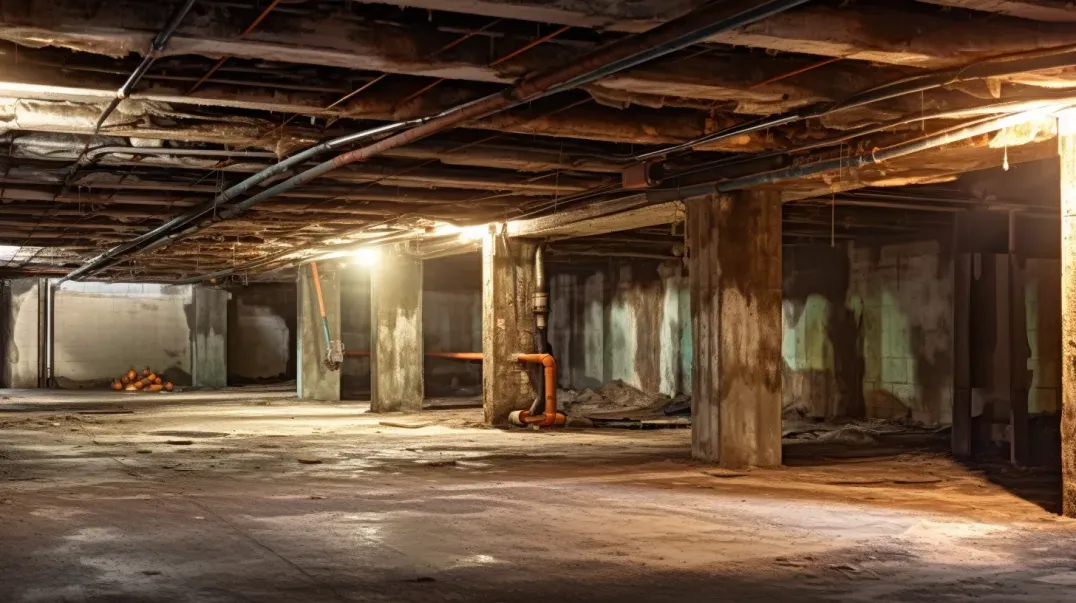Tucked away beneath the hustle and bustle of daily life, the crawl space of a home often remains an unseen, forgotten space. Yet, it holds a critical role in the overall health and structural integrity of the dwelling above. The ventilation system within this confined area serves as a silent sentinel, warding off moisture, mold, and the myriad issues they bring. However, the efficacy of this guardian is heavily reliant on a crucial, ongoing task: regular maintenance. This blog delves into the vital importance of maintaining your crawl space ventilation system, unraveling how routine checks and upkeep not only forestall significant repairs but also fortify the system's longevity, ensuring it continues to protect your home effectively.
Routine maintenance of your crawl space ventilation system is not merely a recommendation—it's a necessity. Over time, vents can become clogged, fans may falter, and the overall efficiency of the system can wane. Without regular attention, what was once a robust barrier against moisture and decay can become a liability, inviting the very problems it was designed to prevent. Through a comprehensive exploration, we will illuminate the benefits of routine maintenance, highlighting how simple practices can avert major repairs, enhance air quality, and secure the longevity of your crawl space ventilation system.
From inspecting and cleaning vents to testing mechanical components and ensuring vapor barriers remain intact, we'll guide you through the essential steps every homeowner should undertake to maintain their system. Join us as we underscore the importance of regular maintenance in keeping your crawl space dry, your home's foundation strong, and your living environment healthy. Because when it comes to safeguarding your home, the power of prevention through maintenance cannot be overstated.
Understanding Your Crawl Space Ventilation System
A well-functioning crawl space ventilation system is crucial for maintaining the health and structural integrity of your home. It prevents moisture buildup, combats mold growth, and ensures the air in your living spaces remains healthy. But what makes up this system, and how does it work? This guide will break down the components of a typical crawl space ventilation system and explain the principles behind both natural and mechanical ventilation methods.
Components of a Ventilation System
A comprehensive crawl space ventilation system consists of several key components, each playing a vital role in moisture control and air circulation. Understanding these components can help you maintain an effective system:
- Vents: These are openings in the foundation walls that allow air to flow in and out of the crawl space. They are crucial for natural ventilation systems and can also be used in conjunction with fans for mechanical ventilation.
- Vapor Barriers: A vapor barrier is a moisture-resistant material, typically polyethylene sheeting, laid over the crawl space floor. It prevents ground moisture from evaporating into the crawl space air, significantly reducing humidity levels.
- Exhaust Fans: Used in mechanical ventilation systems, exhaust fans help remove moist air from the crawl space and draw in drier air from outside. They can be controlled manually or by a humidistat for automatic operation based on humidity levels.
- Dehumidifiers: These devices actively remove moisture from the air, helping to maintain optimal humidity levels. Dehumidifiers are especially useful in humid climates or during seasons when natural ventilation is insufficient.
- Access Doors: Properly sealed and insulated access doors are essential for preventing unwanted air exchange and moisture ingress while allowing for maintenance and inspection access.
How Ventilation Systems Work
The operation of crawl space ventilation systems can be categorized into natural and mechanical methods:
- Natural Ventilation: This method relies on the natural flow of air to circulate through the crawl space. Air enters through vents placed around the perimeter, driven by wind or the natural buoyancy of warm air, which rises and exits through higher openings. This process helps to expel moist air and replace it with drier air from outside, reducing humidity levels.
- Mechanical Ventilation: Mechanical systems use powered devices, such as exhaust fans and dehumidifiers, to control the air exchange and moisture levels in the crawl space actively. Exhaust fans work by expelling moist air and creating negative pressure, which draws in drier air through vents. Dehumidifiers remove moisture from the air, further reducing humidity levels. These systems offer more control over ventilation and are particularly effective in climates where natural ventilation may not suffice.
Both natural and mechanical ventilation systems aim to maintain a dry, healthy crawl space environment. The choice between them depends on your home's specific needs, local climate, and the level of moisture control required. Regular maintenance and monitoring are essential to ensure your ventilation system operates effectively, protecting your home from moisture-related issues.
Setting Up a Maintenance Schedule
Regular maintenance is crucial for ensuring the longevity and efficiency of your home's systems, including HVAC, plumbing, and especially your crawl space ventilation system. A well-planned maintenance schedule can prevent costly repairs, extend the life of your equipment, and ensure your living environment remains healthy and comfortable. Here’s how to establish a maintenance schedule that keeps everything running smoothly, with a focus on frequency and seasonal considerations.
Frequency of Maintenance Checks
Routine maintenance checks are essential for identifying potential issues before they escalate into major problems. Here are general recommendations for how often to perform these checks:
- Monthly: Inspect and clean air filters in your HVAC system to ensure efficient operation and good indoor air quality. Check for any visible signs of leaks or damage in accessible plumbing areas.
- Quarterly: Test safety systems such as smoke detectors, carbon monoxide detectors, and fire extinguishers to ensure they are in working order. Inspect external vents to ensure they are clear of debris and functioning properly.
- Bi-annually: Schedule professional HVAC servicing to prepare your system for the upcoming heating or cooling season. This is also a good time to inspect your crawl space for any signs of moisture issues, pest infestations, or damage to insulation and vapor barriers.
- Annually: Perform a comprehensive inspection of your home’s exterior, roof, gutters, and drainage systems to identify any areas that may need repair or cleaning. Check the condition of windows and doors for any air leaks that could affect energy efficiency.
Seasonal Considerations
Adjusting your maintenance schedule based on seasonal changes ensures your home is prepared to handle the specific challenges each season brings:
- Spring: Focus on exterior maintenance such as cleaning gutters, inspecting the roof for winter damage, and preparing your cooling system for the warmer months. This is also an ideal time to check your crawl space for any moisture accumulation from melting snow or spring rains.
- Summer: Ensure your cooling system is running efficiently. Check for any landscaping issues that could affect your home's foundation or ventilation. Summer is a good time to inspect and maintain your crawl space's ventilation system to prevent humidity buildup.
- Fall: Prepare your home for colder weather by servicing your heating system, sealing any leaks around windows and doors, and ensuring your crawl space is well-insulated and ventilated to prevent condensation as temperatures drop.
- Winter: Monitor your heating system and the use of any supplemental heating devices for safety. Check your crawl space for adequate insulation and ventilation to prevent pipes from freezing and to manage any moisture that could lead to mold growth.
By establishing a maintenance schedule that includes routine checks and accounts for seasonal variations, you can ensure your home remains in top condition year-round. Regular maintenance not only prevents unexpected repairs but also contributes to a safer, more energy-efficient, and comfortable home environment.
Step-by-Step Maintenance Guide
Regular maintenance of your home's ventilation system is crucial for ensuring its efficiency and longevity. A well-maintained system not only improves air quality but also prevents costly repairs down the line. This guide provides a step-by-step approach to maintaining your ventilation system, focusing on visual inspections and the cleaning of vents, fans, and ducts.
Visual Inspections
Conducting thorough visual inspections is a vital first step in maintaining your ventilation system. Here’s how to effectively inspect vents, fans, and other components:
- Schedule Regular Inspections: Set a routine (at least bi-annually) to inspect your ventilation system components. This regularity helps catch issues early.
- Inspect Vents: Look for any signs of blockage, damage, or wear in your vents. Ensure that they are clear of debris, dust, or any obstructions that could impede airflow. Check both intake and exhaust vents for any external blockages, such as leaves or nests.
- Examine Fans: Check fans for dust buildup, rust, or any signs of damage. Ensure that fan blades move freely and that the fan housing is secure. Listen for any unusual noises during operation, which could indicate a problem.
- Check Ducts: For systems with ductwork, visually inspect accessible parts for any signs of leaks, tears, or disconnections. Ductwork issues can significantly reduce system efficiency.
- Look for Moisture: During inspections, be vigilant for any signs of moisture or condensation, especially around vents and fans. Moisture can indicate a blockage or insufficient ventilation.
Cleaning and Clearing Vents
Keeping vents, fans, and ducts clean is essential for maintaining optimal airflow. Here are instructions for effective cleaning:
- Turn Off the System: Before cleaning, ensure the system is turned off to prevent injury or damage.
- Clean Vents: Use a vacuum with a brush attachment to gently remove dust and debris from vent covers. For exterior vents, consider using a soft brush to clear away any external blockages.
- Fan Maintenance: Clean fan blades with a damp cloth to remove dust buildup. If accessible, lubricate the fan motor according to the manufacturer's instructions to ensure smooth operation.
- Duct Cleaning: While professional cleaning is recommended for ductwork, you can clean accessible parts using a vacuum with a long hose attachment. Remove any visible dust or debris to improve airflow.
- Replace Filters: If your system uses filters, replace them according to the manufacturer's recommended schedule. Clean filters are crucial for maintaining air quality and system efficiency.
By following these step-by-step guidelines for visual inspections and cleaning, you can ensure that your ventilation system operates efficiently, providing clean and healthy air throughout your home. Regular maintenance not only extends the life of your system but also enhances the comfort and safety of your living environment.
Addressing Common Ventilation Issues
A well-functioning ventilation system is crucial for maintaining a healthy, comfortable, and safe environment in your home. However, common issues such as blockages and faulty components can compromise the system's efficiency, leading to poor air quality and potential health risks. This guide provides practical advice on identifying and resolving blockages and understanding when it's time to repair or replace faulty components.
Identifying and Resolving Blockages
Blockages in your ventilation system can significantly impede airflow, reducing its effectiveness. Here’s how to spot and clear these blockages:
- Visual Inspection: Regularly inspect vents, ducts, and fans for any visible signs of blockage, such as dust buildup, debris, or nests. Pay special attention to exterior vents, which are more susceptible to blockages from leaves, twigs, and other outdoor debris.
- Use Proper Tools: A vacuum with a hose attachment can be effective in removing dust and debris from vents and ductwork. For tougher blockages, a vent brush or duct cleaning tool may be necessary to dislodge and remove the obstruction.
- Check Air Filters: Air filters can become clogged over time, restricting airflow. Inspect filters regularly and replace them according to the manufacturer's recommendations or if they appear dirty and clogged.
- Ensure Free Airflow: Make sure that furniture, curtains, or other household items do not block vents. Proper placement ensures optimal airflow and system efficiency.
Repairing or Replacing Faulty Components
Over time, components of your ventilation system may wear out or malfunction, necessitating repair or replacement. Here are tips for identifying when action is needed:
- Listen for Unusual Noises: Sounds such as rattling, buzzing, or whirring from fans or ductwork can indicate loose or faulty components. Investigating these noises promptly can prevent further damage.
- Monitor System Performance: A decrease in airflow or an inability to maintain desired temperature and humidity levels can signal that parts of your system are not functioning correctly.
- Inspect for Wear and Tear: Regularly check components for signs of wear, such as frayed wires, cracks, or rust. These issues can affect system performance and may pose safety risks.
- Consult Professionals: If you're unsure about the condition of your system or how to address a specific issue, consulting with a professional HVAC technician can provide clarity and ensure repairs or replacements are carried out safely and effectively.
By staying vigilant and addressing common ventilation issues promptly, you can ensure your system remains efficient, extending its lifespan and maintaining a healthy indoor environment. Regular maintenance, combined with timely repairs or replacements, is key to avoiding more significant problems down the line.
Moisture Control and Ventilation
Maintaining the right balance of moisture and ventilation in your crawl space is crucial for protecting the structural integrity of your home and ensuring a healthy living environment. Excessive moisture can lead to mold growth, wood rot, and attract pests, while inadequate ventilation can exacerbate these issues. This guide explores effective strategies for monitoring humidity levels and integrating dehumidifiers to achieve optimal moisture control and ventilation.
Monitoring Humidity Levels
Regularly checking and managing humidity levels in your crawl space is essential for preventing moisture-related problems. Here are techniques for effective humidity monitoring:
- Use a Hygrometer: A hygrometer is an instrument used to measure the humidity in the air. Placing a hygrometer in your crawl space allows you to regularly check the humidity levels. Aim to maintain humidity levels below 60% to prevent mold growth and other moisture issues.
- Visual Inspections: Regular visual inspections of your crawl space can help identify signs of excessive moisture, such as condensation on pipes, wet insulation, or mold growth. These signs indicate that your current moisture control measures may be insufficient.
- Ventilation Checks: Ensure that your crawl space vents are open and unobstructed to allow for proper air circulation. Good ventilation helps reduce humidity levels by replacing moist air with drier air from outside.
- Monitor After Rain: Pay special attention to humidity levels and signs of moisture after heavy rainfalls, as these conditions can significantly increase moisture levels in your crawl space.
Integrating Dehumidifiers
Dehumidifiers can be a valuable addition to your ventilation and moisture control strategy, especially in areas prone to high humidity. Here’s advice on using dehumidifiers effectively:
- Choose the Right Size: Select a dehumidifier based on the size of your crawl space and the typical humidity levels. A unit that's too small may run continuously without effectively reducing humidity, while a too-large unit may use unnecessary energy.
- Placement: Position your dehumidifier in a central location where it can effectively reduce humidity levels throughout the entire crawl space. Ensure it's accessible for maintenance and emptying the water collection container, if applicable.
- Automatic Humidistat: Opt for a dehumidifier with an automatic humidistat, which allows you to set your desired humidity level. The dehumidifier will turn on and off as needed to maintain this level, providing efficient moisture control.
- Regular Maintenance: Clean the dehumidifier's air filter regularly to ensure optimal performance. Check the manufacturer's instructions for specific maintenance recommendations and follow them to extend the life of your dehumidifier.
By combining regular humidity monitoring with the strategic use of dehumidifiers, you can maintain a dry, well-ventilated crawl space. This proactive approach to moisture control and ventilation not only protects your home from structural damage but also promotes a healthier indoor environment.
FAQs
-
Why maintain crawl space ventilation?
Regular maintenance prevents moisture buildup, mold growth, and ensures efficient system operation, protecting your home's structural integrity and indoor air quality.
-
How often to check ventilation?
Inspect your crawl space ventilation system at least twice a year, ideally during spring and fall, to prepare for the more extreme weather conditions of summer and winter.
-
Signs of ventilation issues?
Look for signs like increased humidity, musty odors, visible mold, pest infestations, or blocked vents, indicating that maintenance or repairs are needed.
-
How to clean ventilation vents?
Use a vacuum with a brush attachment to remove dust and debris from the vents. For exterior vents, gently clear away any obstructions like leaves or nests.
-
When to replace vent covers?
Replace vent covers if they are damaged, rusted, or no longer fit properly, to ensure they effectively protect your crawl space from pests and external elements.
Contact Trench Guys Today!
Trench Guys will do everything we can to ensure your experience with us is excellent.
Request A FREE Estimate
Request a Free Estimate Form
We will get back to you as soon as possible.
Please try again later.
Checkout Recent Post
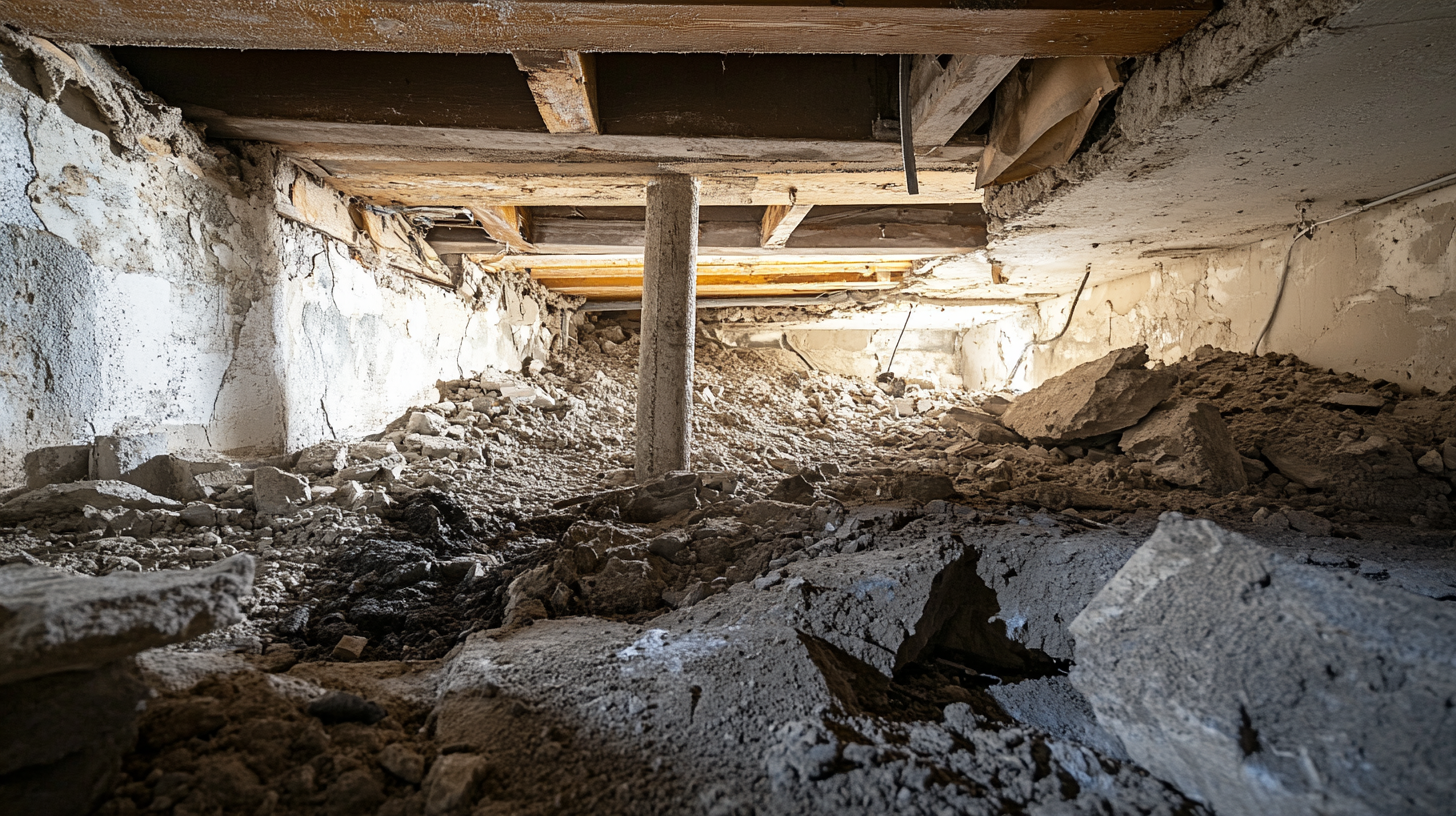
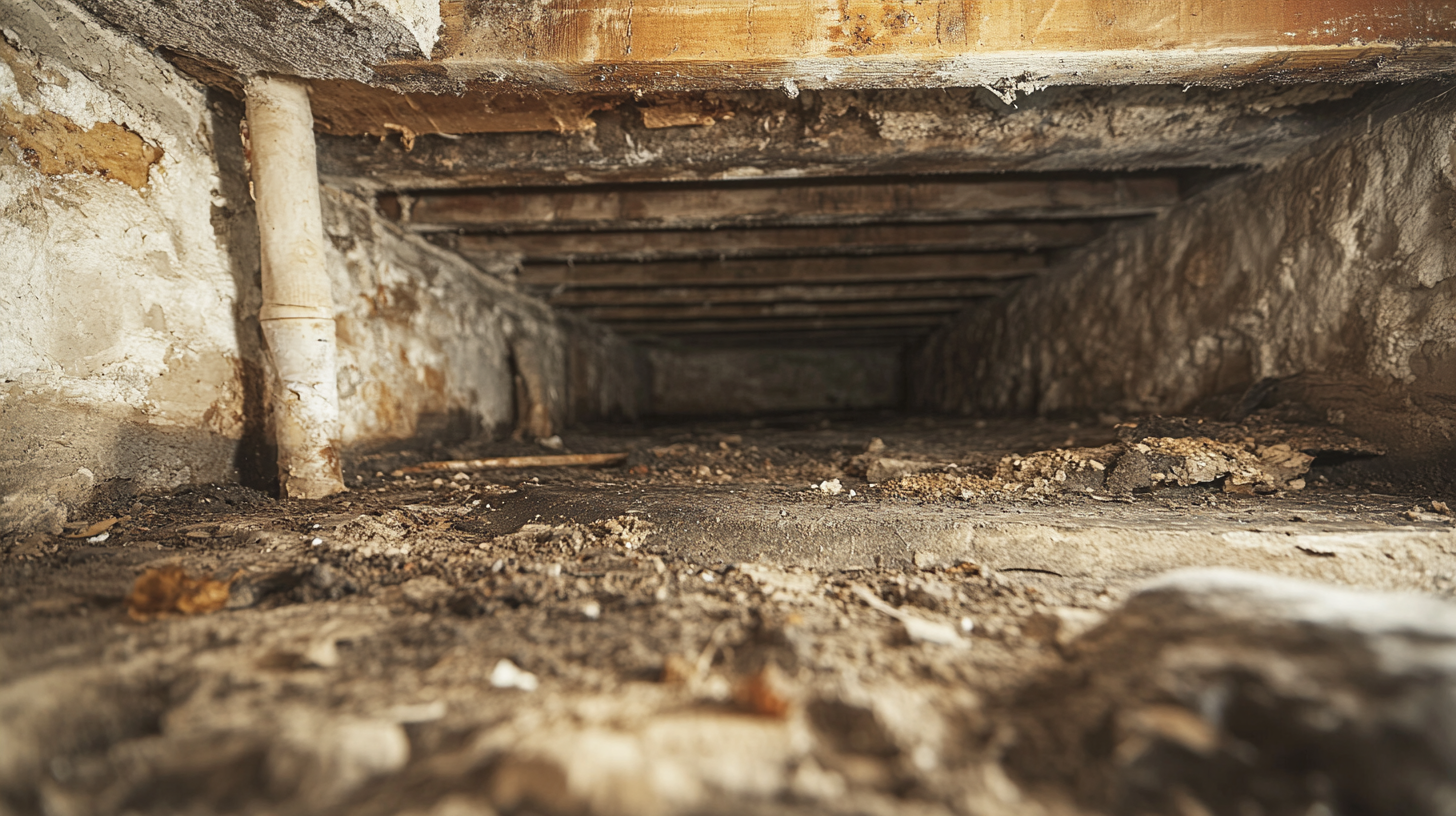
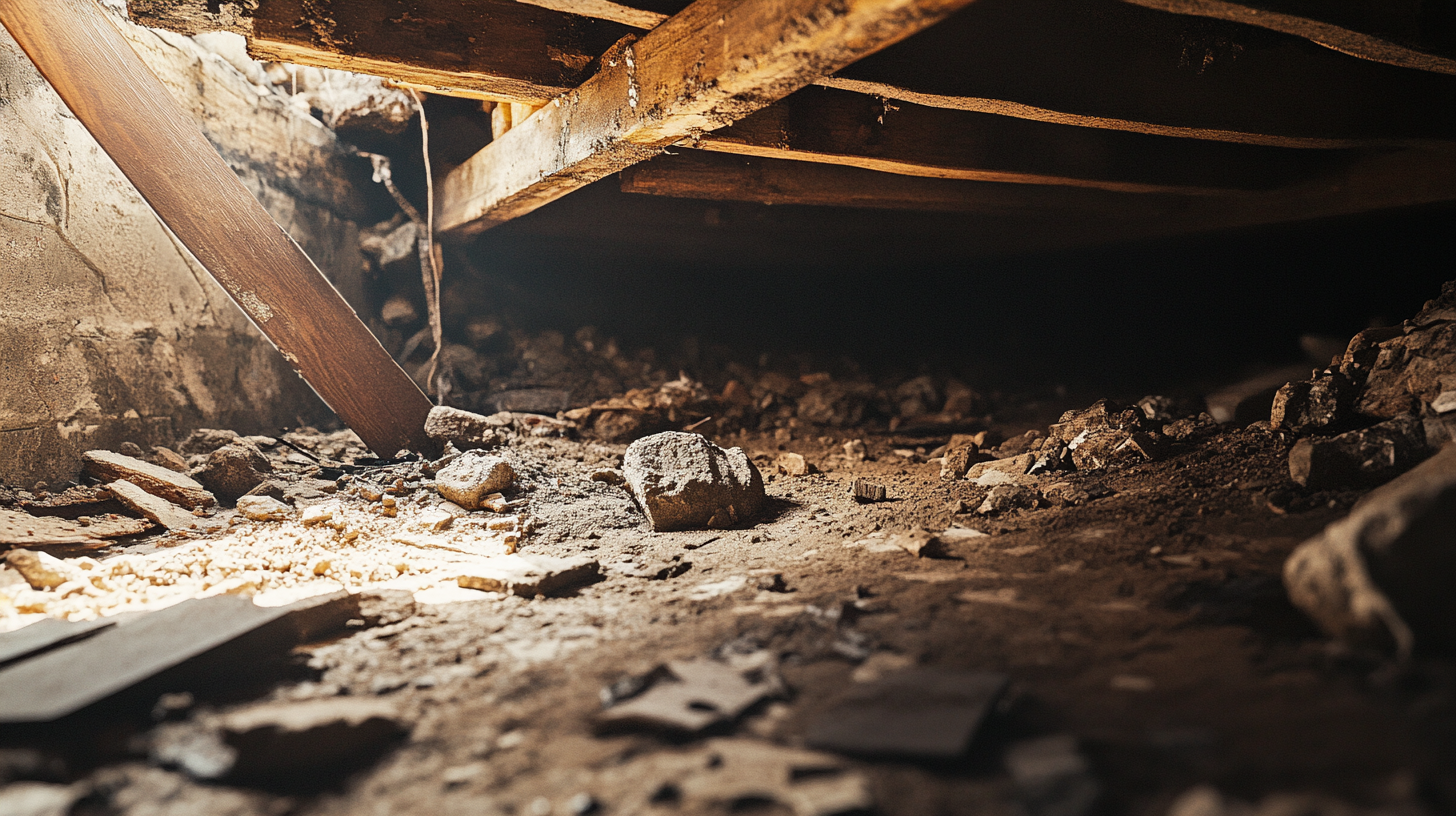
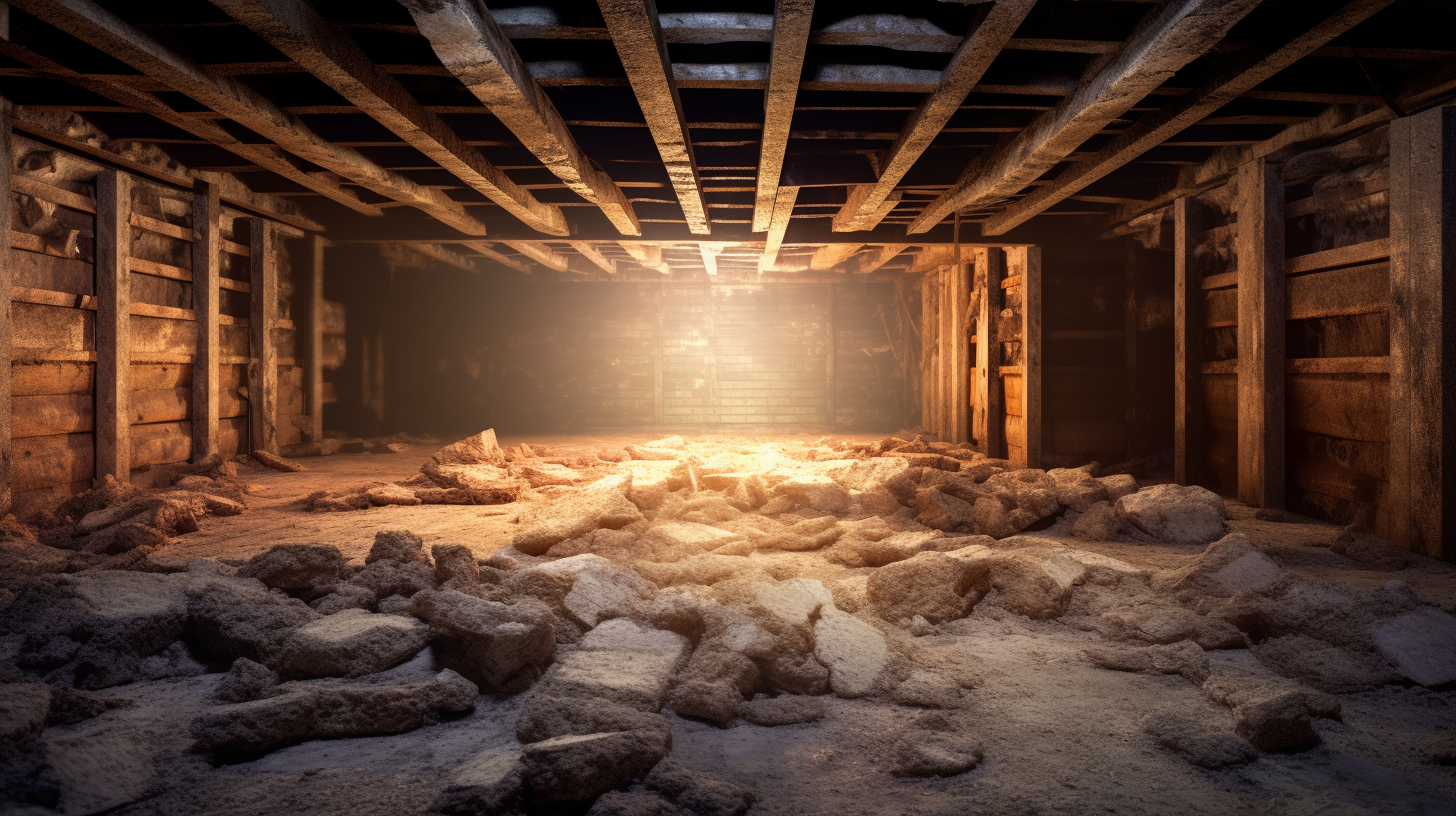
Got a Question? We’re Here to Help.
You can arrange an appointment or make an enquiry by phone or email, orget in touch to us via our contact form.
Looking for a reliable and professional company to take care of your crawl space, basement and gutter needs? Look no further than Trench Guys! We have years of experience in the industry and can provide you with top-quality services at a competitive price. Contact us today to get started!
CONTACT INFORMATION
Phone: 478-236-6403
Email: Wedigmiddlega@gmail.com
Address: Macon, GA
Business Hours:
Mon-Fri: 6:00 AM - 5:00 PM
Sat-Sun: Closed
ADDITIONAL INFORMATION
Us Across The Web
Geo
Neighborhoods
Niche
All Rights Reserved | Trench Guys
Privacy Policy | Terms & Conditions | Sitemap


